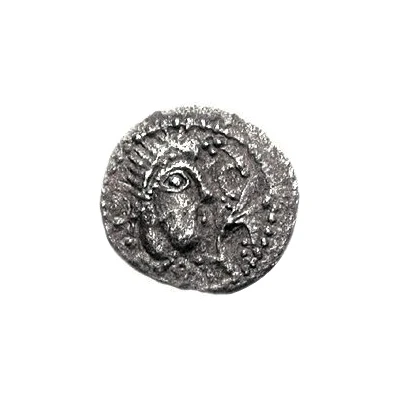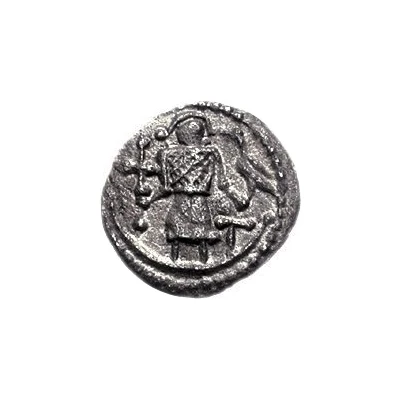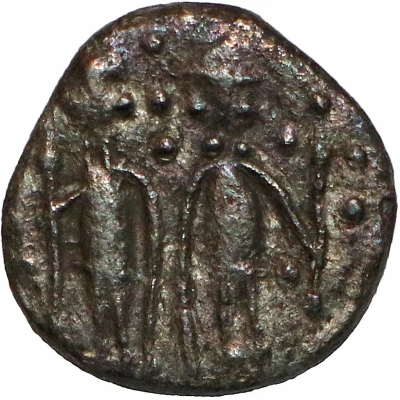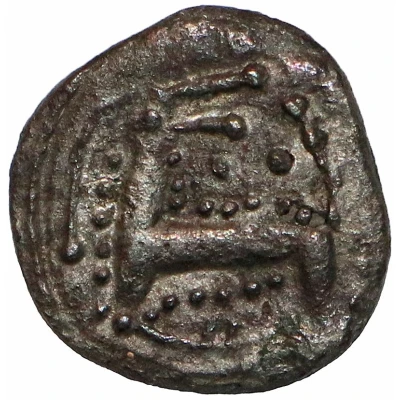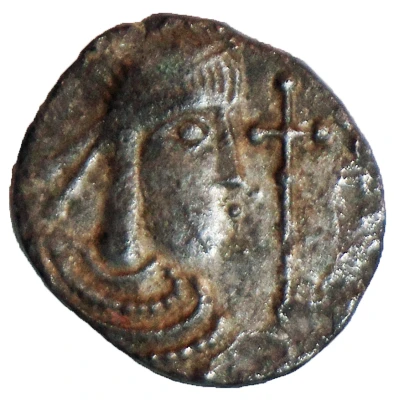


Sceat Series L; Type
| Silver | 0.7 g | - |
| Issuer | Early Anglo-Saxon (Kingdoms of British Isles and Frisia) |
|---|---|
| Type | Standard circulation coin |
| Years | 710-760 |
| Value | 1 Sceat |
| Composition | Silver |
| Weight | 0.7 g |
| Shape | Round (irregular) |
| Technique | Hammered |
| Orientation | Variable alignment ↺ |
| Demonetized | Yes |
| Updated | 2024-10-09 |
| Numista | N#282525 |
|---|---|
| Rarity index | 94% |
Reverse
Long-armed, figure facing, feet turned outward, wearing plain robe, holding long cross pommée either side, pellet on shaft of cross.
Lettering: [uninscribed]
Comment
Early Anglo-Saxon period (c.600-c.775), Sceatta coinage (c.675-c.760), Secondary Phase Sceattas (c.710-c.760), Series L ('London'), Type 15 ('Hwiccian style'), possibly imitative. Abr. 35.20Secondary phase sceattas were issued in all the main regions of southern and eastern England.
Interesting fact
One interesting fact about the Standard circulation coin Sceat (Series L; Type 15) (710-760) from Early Anglo-Saxon (Kingdoms of British Isles and Frisia) made of Silver weighing 0.7 g is that it features a unique blend of Christian and pagan elements in its design. The coin's obverse (front) side features a cross, which symbolizes the Christian faith, while the reverse (back) side features a depiction of a bird, which is a common motif in pre-Christian Anglo-Saxon art and symbolizes the connection to the natural world. This blending of religious symbols reflects the cultural and religious shifts that were taking place in Early Anglo-Saxon society during this time period.
